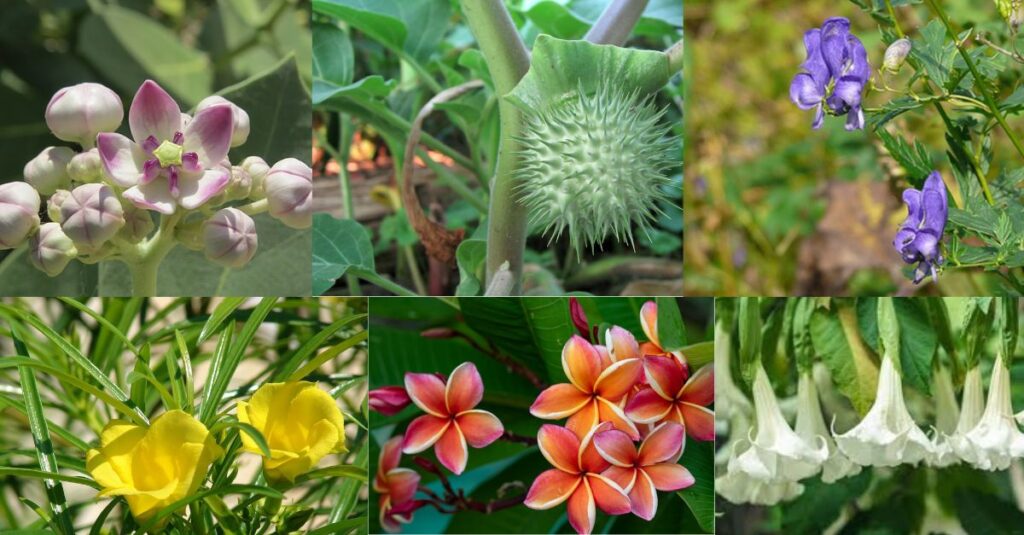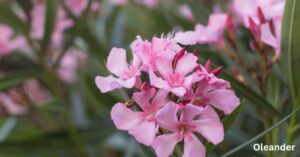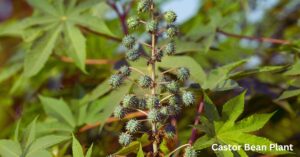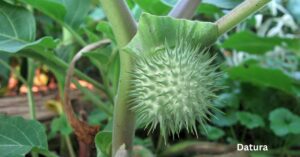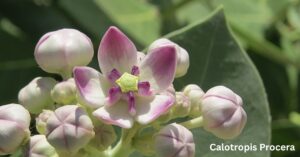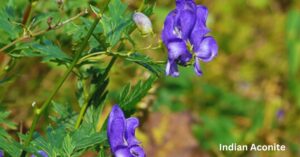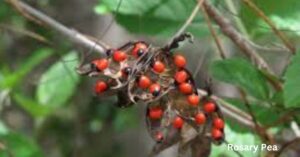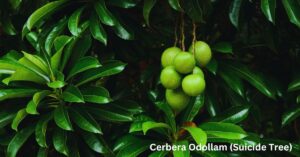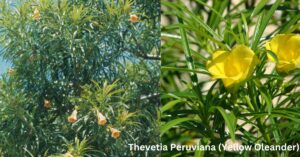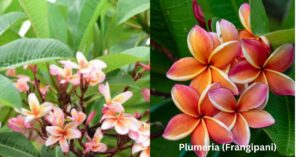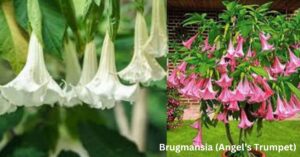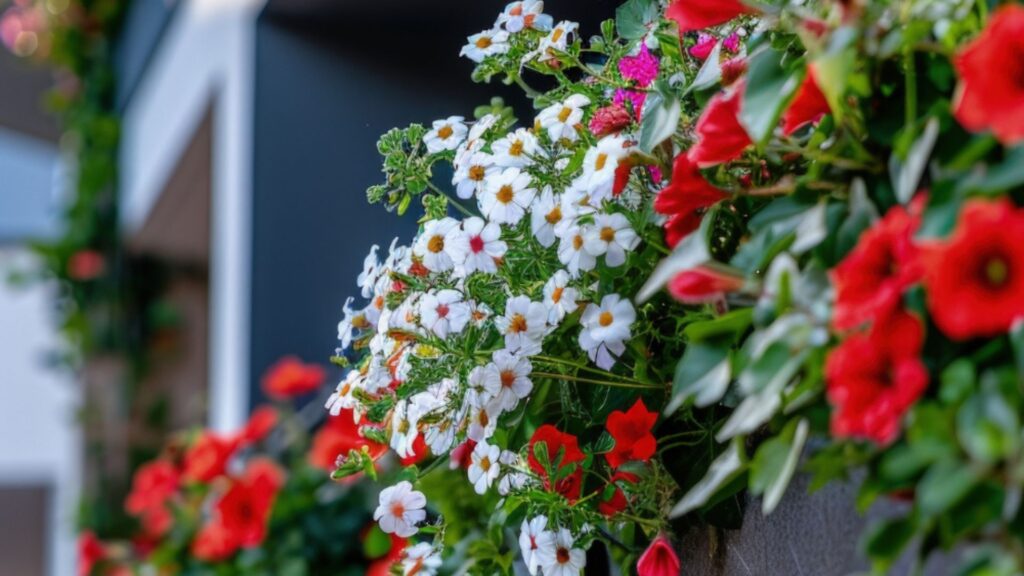10 Poisonous Plants in India – While many plants enhance our gardens with their beauty and fragrance, some harbor hidden dangers. In India, several plants are not only beautiful but also highly toxic. It’s essential to be aware of these poisonous plants to ensure the safety of your family and pets. Here, we delve into the top ten poisonous plants found in India.
Top 10 Poisonous Plants in India: Protect Your Family from These Threats!
1. Nerium Oleander (Oleander)
Nerium Oleander (Kaner) is one of the most toxic plants commonly found in Indian gardens. Despite its beautiful pink, red, or white flowers, all parts of the plant are poisonous if ingested, causing severe gastrointestinal, cardiac, and neurological symptoms.
2. Ricinus Communis (Castor Bean)
The Castor Bean plant (Arandi) is known for its striking foliage and clusters of spiky seed pods. However, it contains ricin, a highly toxic compound. Ingesting even a small amount can cause severe abdominal pain, vomiting, and potentially fatal organ damage.
3. Datura Stramonium (Jimsonweed)
Datura Stramonium, commonly known as Jimsonweed, produces beautiful trumpet-shaped flowers but is extremely poisonous. Ingesting any part of the plant can lead to hallucinations, delirium, and in severe cases, death.
4. Calotropis Procera (Sodom Apple)
Calotropis Procera, or Sodom Apple (Aak), is a common plant in India with toxic properties. The milky sap can cause skin irritation and, if ingested, can lead to nausea, vomiting, and cardiac issues.
5. Aconitum Ferox (Indian Aconite)
Indian Aconite, also known as Aconitum Ferox (Vish), is a highly toxic plant with attractive blue or purple flowers. The plant contains potent alkaloids that can cause severe cardiovascular and neurological effects if ingested.
6. Abrus Precatorius (Rosary Pea)
Abrus Precatorius, or Rosary Pea (Chanval), is a climber known for its striking red and black seeds. These seeds contain abrin, a toxin even more potent than ricin. Ingesting even a single seed can be fatal.
7. Cerbera Odollam (Suicide Tree)
The Suicide Tree, or Cerbera Odollam (Pong-Pong), produces fragrant white flowers and fruit that resemble mangos. However, its seeds contain cerberin, a potent cardiac toxin. Ingesting the seeds can lead to fatal cardiac arrhythmias.
8. Thevetia Peruviana (Yellow Oleander)
Yellow Oleander, or Thevetia Peruviana (Kaner Kela), is a popular ornamental plant in India. Despite its attractive yellow flowers, all parts of the plant are toxic and can cause severe gastrointestinal and cardiac symptoms if ingested.
9. Plumeria (Frangipani)
Plumeria, also known as Frangipani (Champa), is loved for its fragrant, colorful flowers. However, its milky sap can cause skin irritation and, if ingested, can lead to vomiting and diarrhea.
10. Brugmansia (Angel’s Trumpet)
Brugmansia, commonly known as Angel’s Trumpet, is another highly poisonous plant. It’s often confused with Datura, but they are different genera. Interestingly, there doesn’t seem to be a widely recognized common Indian name for Brugmansia. This might be due to its relatively recent introduction to India and the fact that it’s often mistaken for its toxic cousin, Datura. it is admired for its large, pendulous flowers. Despite its beauty, the plant contains potent alkaloids that can cause hallucinations, paralysis, and even death if ingested.
These 10 Poisonous Plants in India, while beautiful, pose significant risks to humans and animals. By being aware of these deadly beauties, you can take precautions to ensure your garden remains a safe and enjoyable space.
